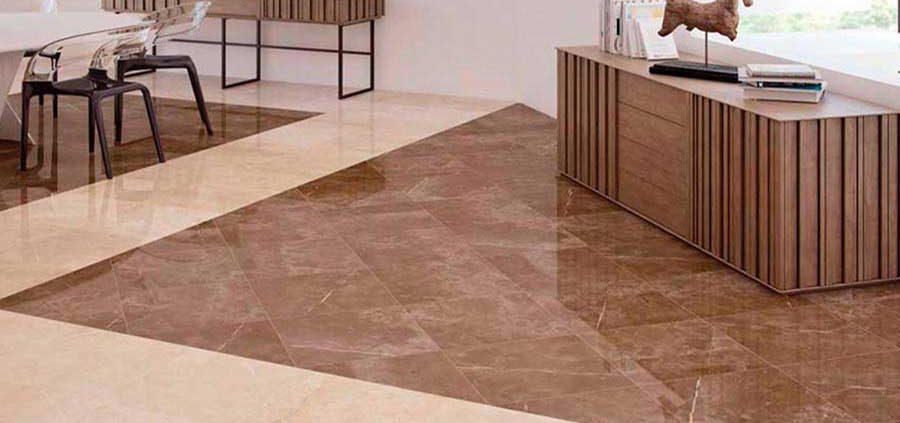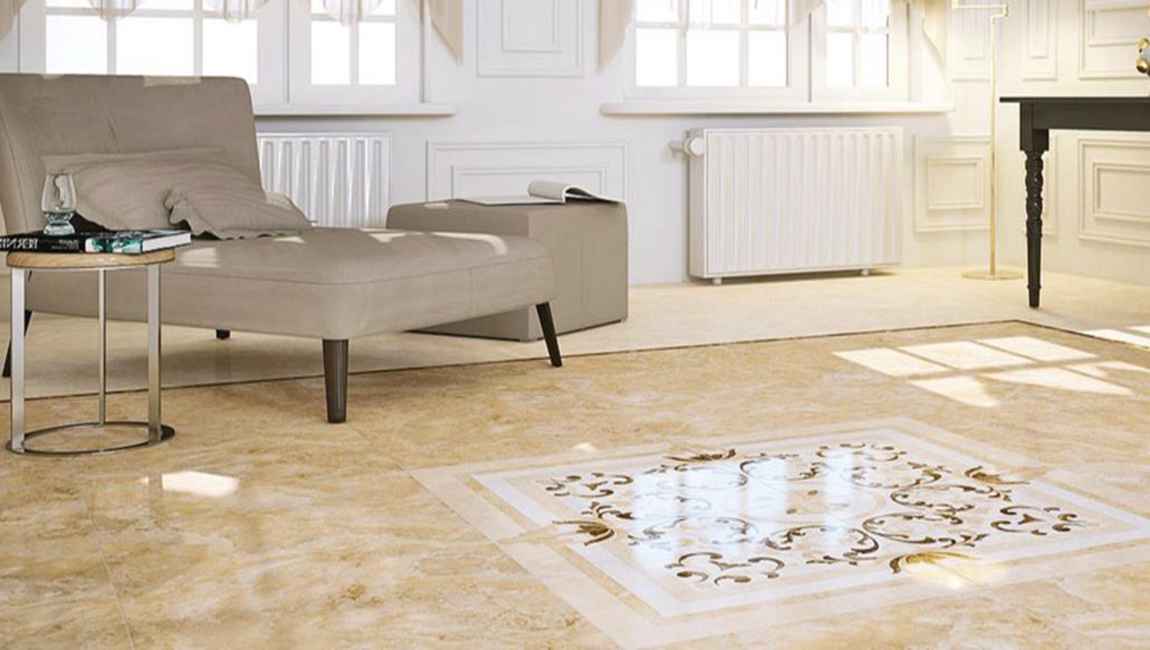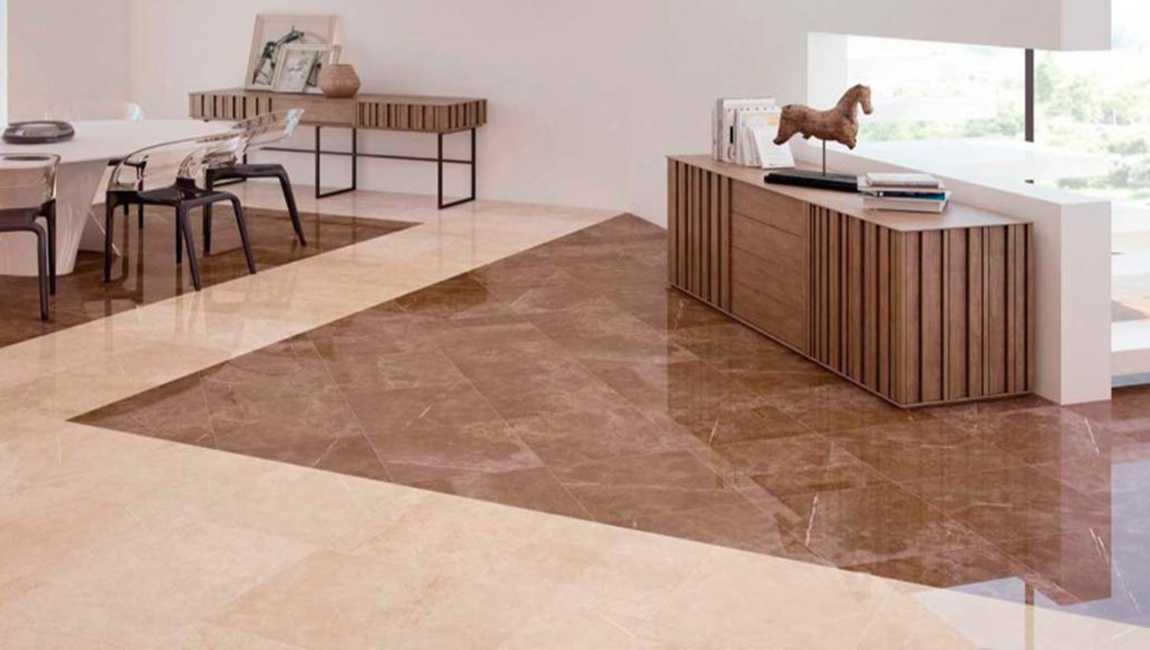Using Commercial Polishing Products
Remove any obstacles that may get in the way. The first thing you should do is remove any furniture or obstacles that may obstruct your ability to clean your floor. This includes tables and chairs, but also placemats and rugs. You don’t want to have to stop in the middle of the process to slide furniture out of the way.
This also includes the family pets! You may want to consider keeping the door closed, using a baby gate, or blocking off the entrance to the room with a chair or something that would prevent any four-legged friends from getting in.
Sweep the floors to remove large dirt particles. After clearing the room, take a broom and sweep up any dust and dirt that may have built up on the tile floor. If you plan to apply wax later, a dirty floor will make it difficult to adhere, and make the floor look grimy. You also don’t want to just move dirt around as you polish, so it’s best to thoroughly sweep the floor first.
Be sure to get into the nooks and crannies and remove as much dirt as you can. You could also use a dry mop, also called a dust mop, to sweep the floor. Dry mops are great for picking up dirt and dust without leaving streaks.
Scrub the grout in between the tiles with a soap and water and a scrub brush. Before you mop the entire floor, take a stiff brush and focus on cleaning the grout in between the tiles. Grout requires a little more effort to scrub clean, so you may need to get down on your hands and knees to scrub it well. Discolored or dirty grout will really stand out once your tile floor is polished.

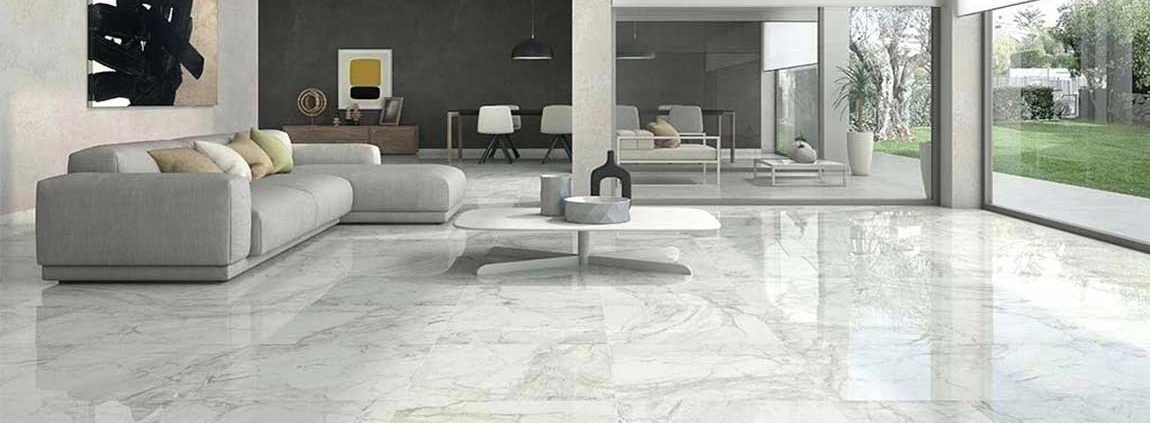





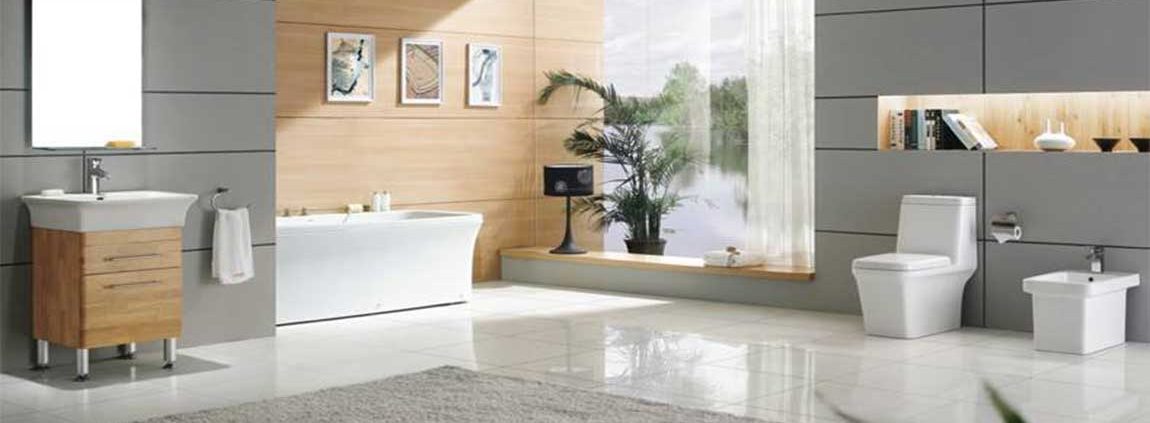

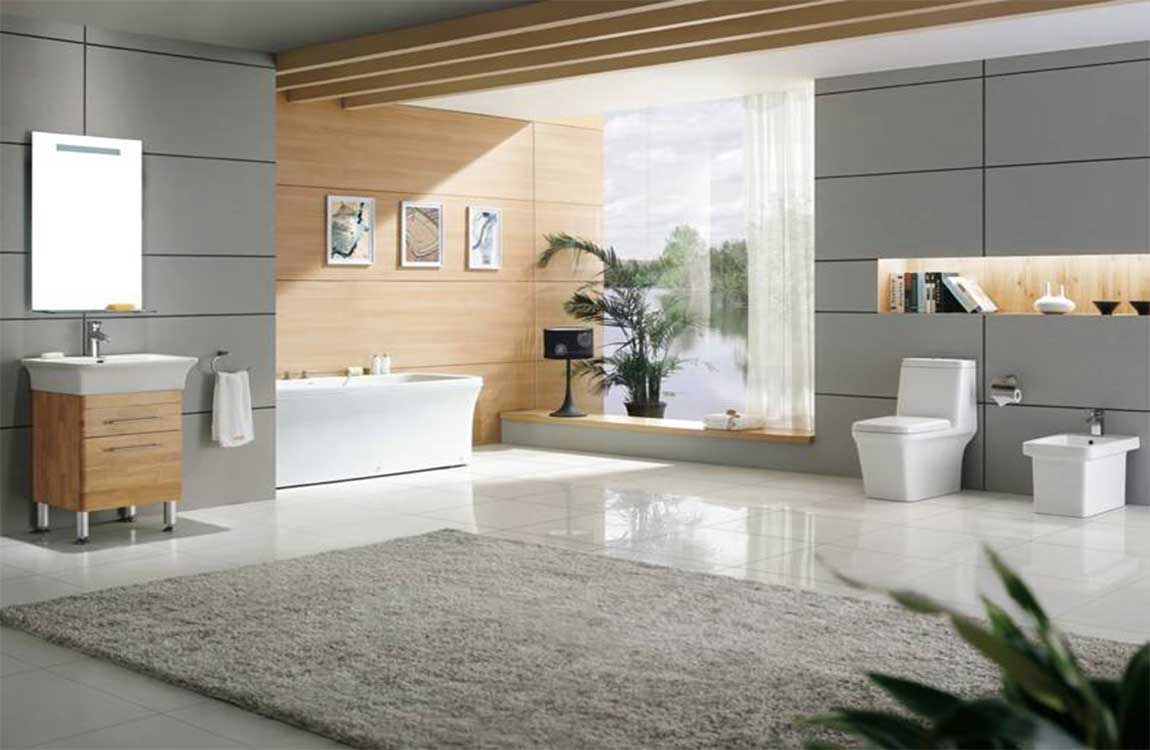



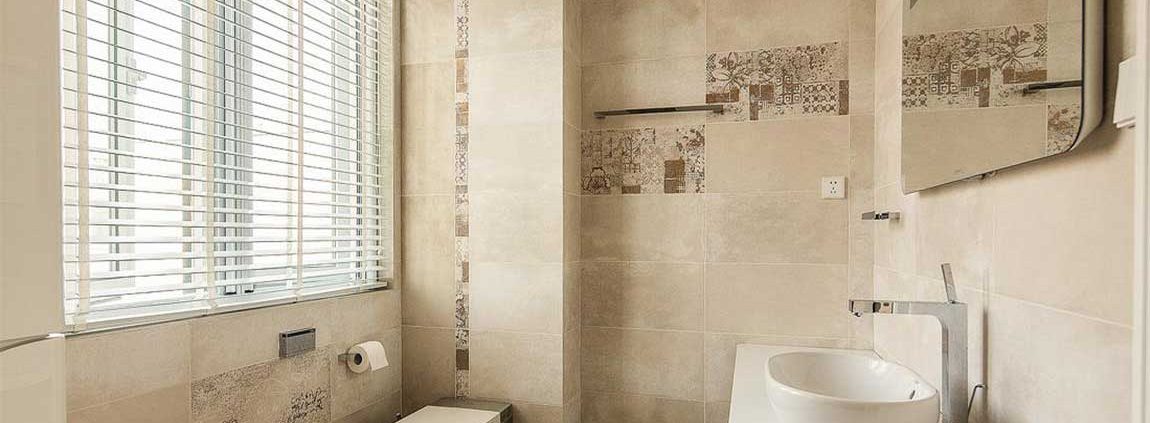
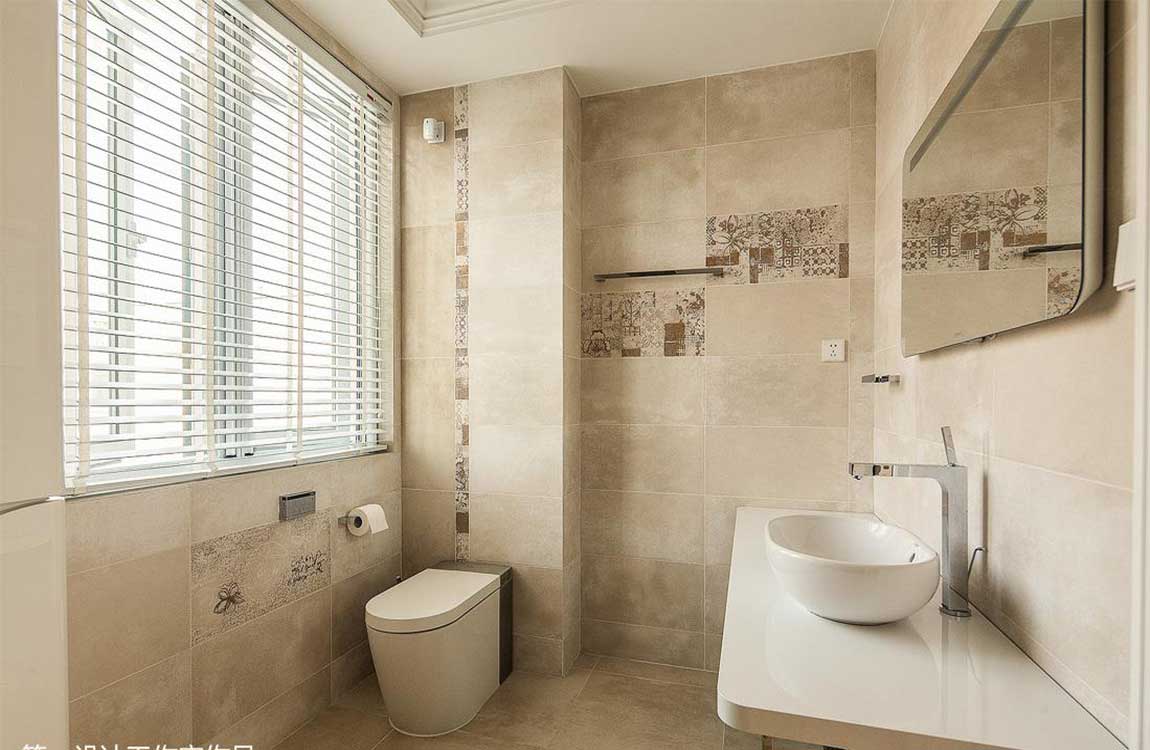
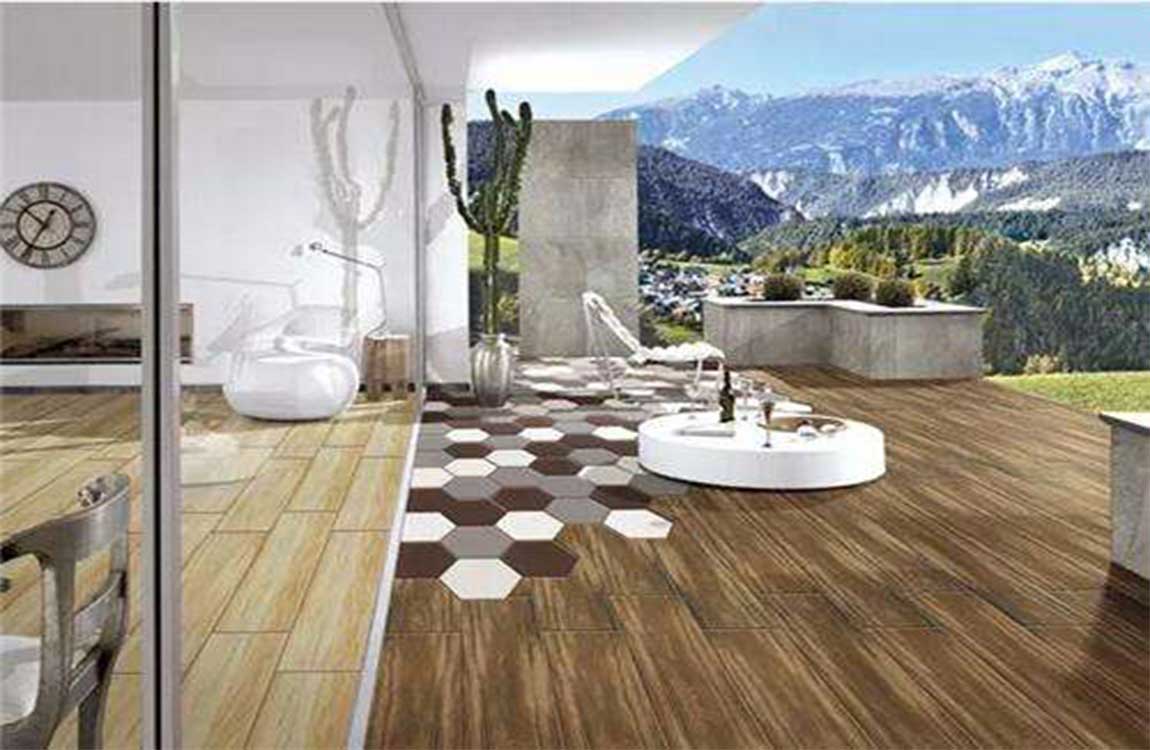

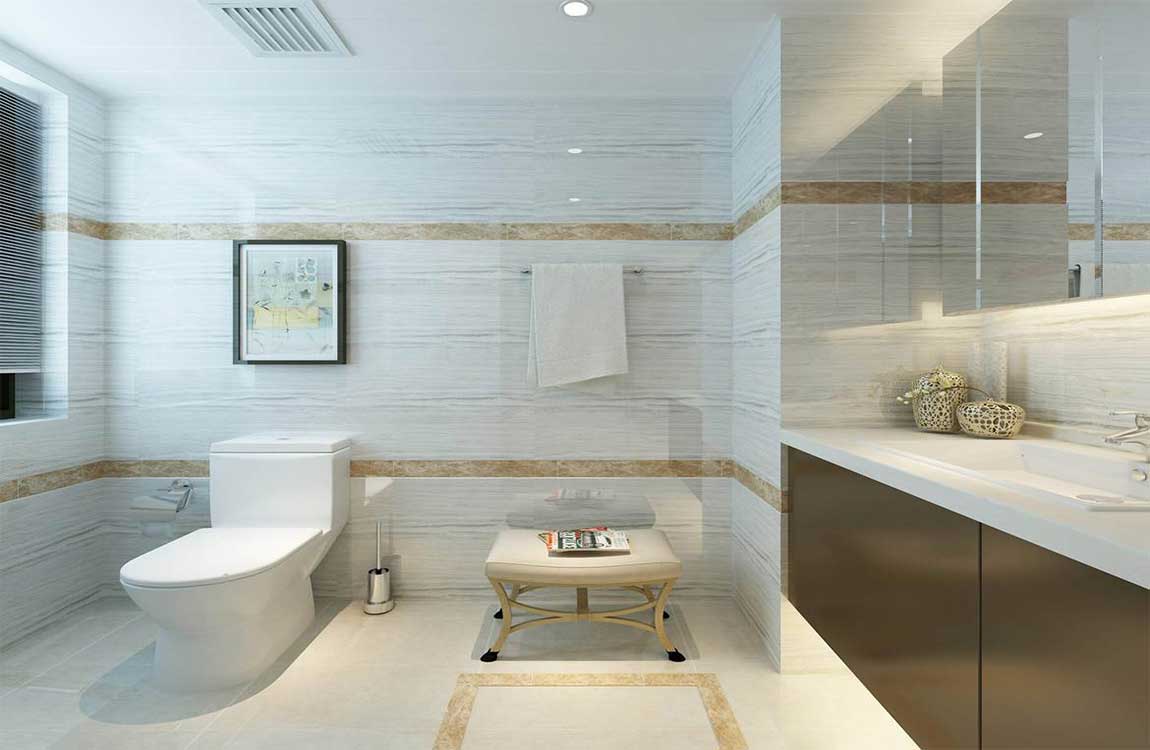
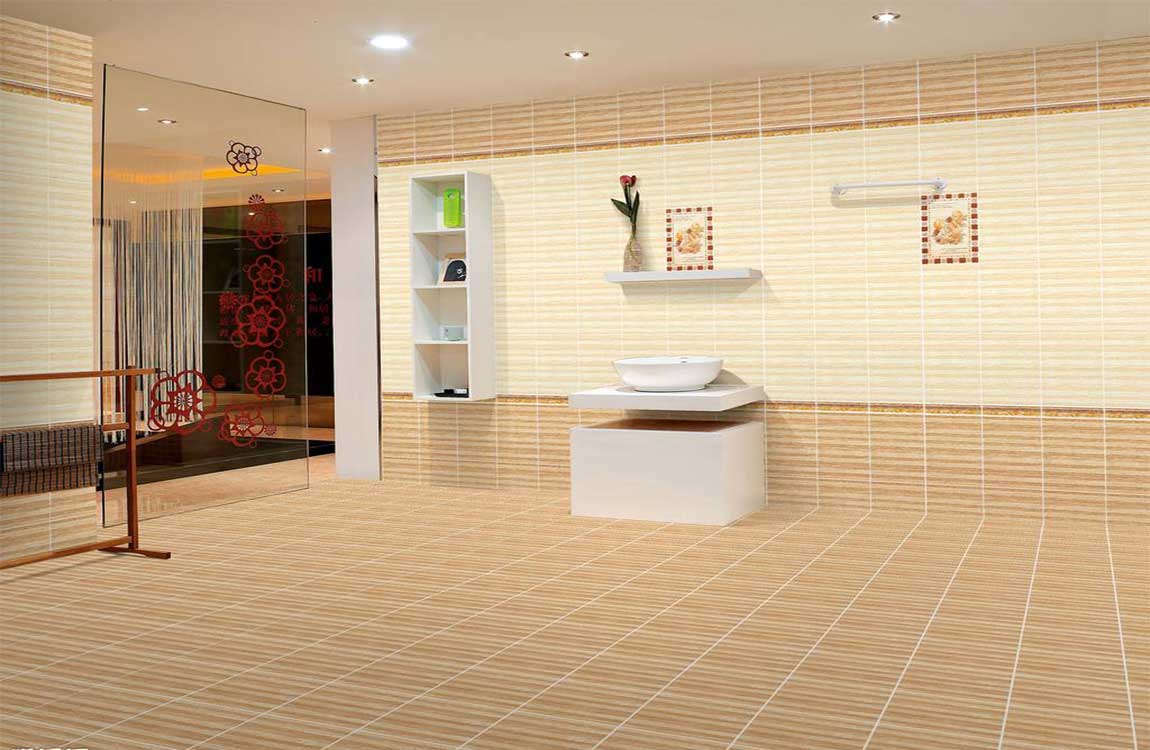


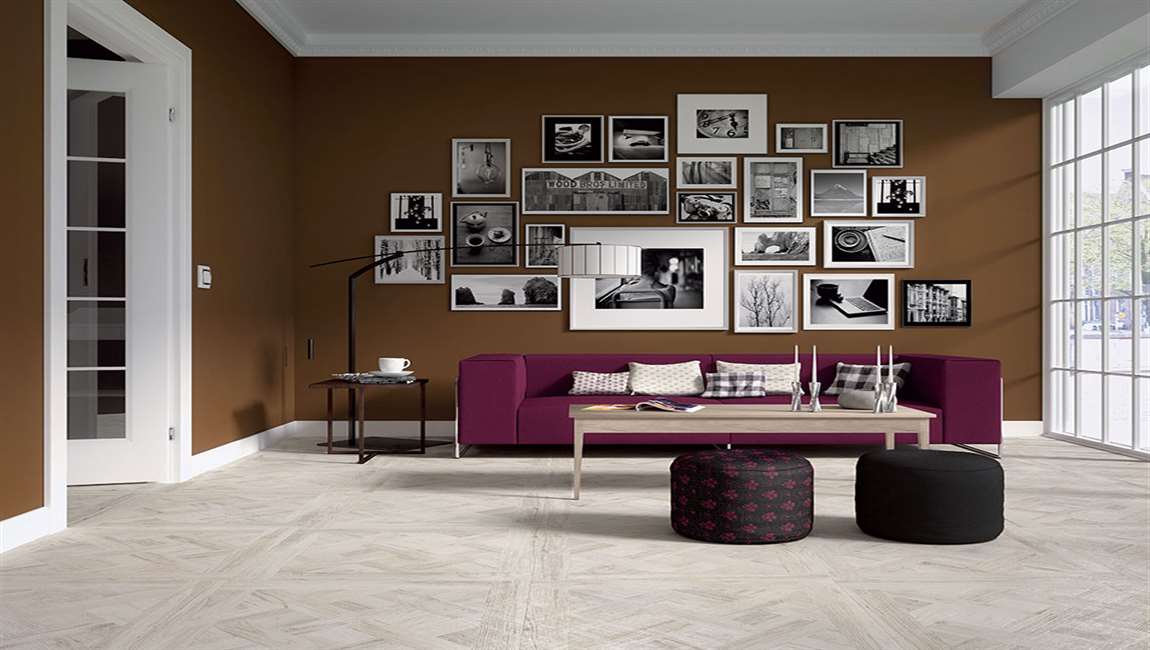
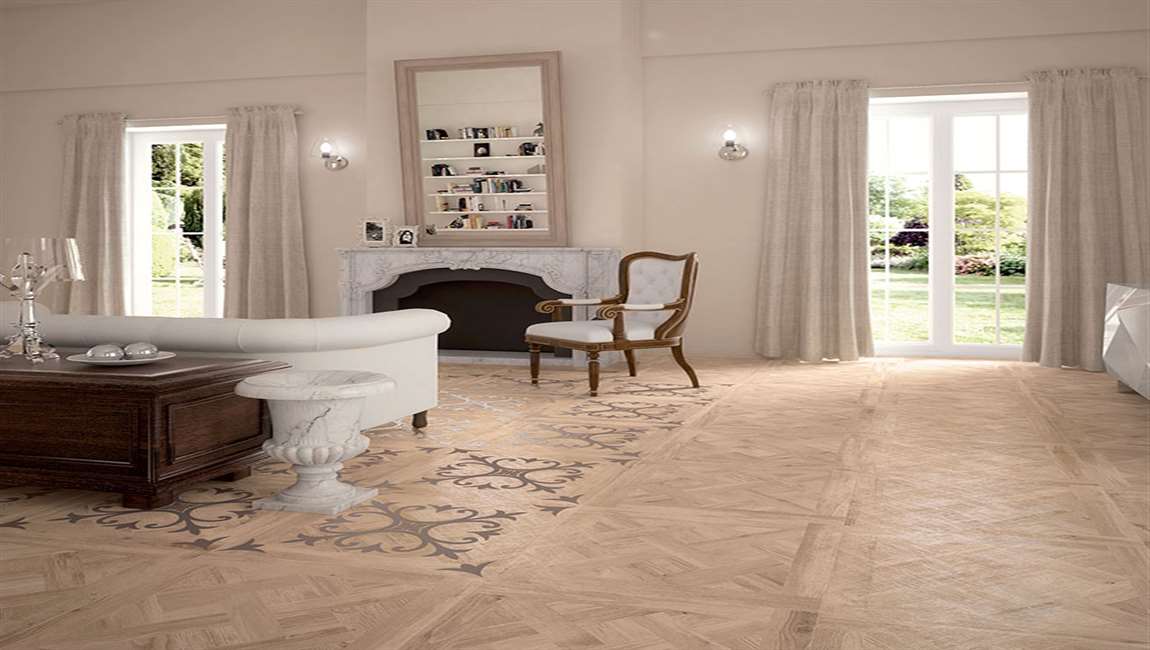
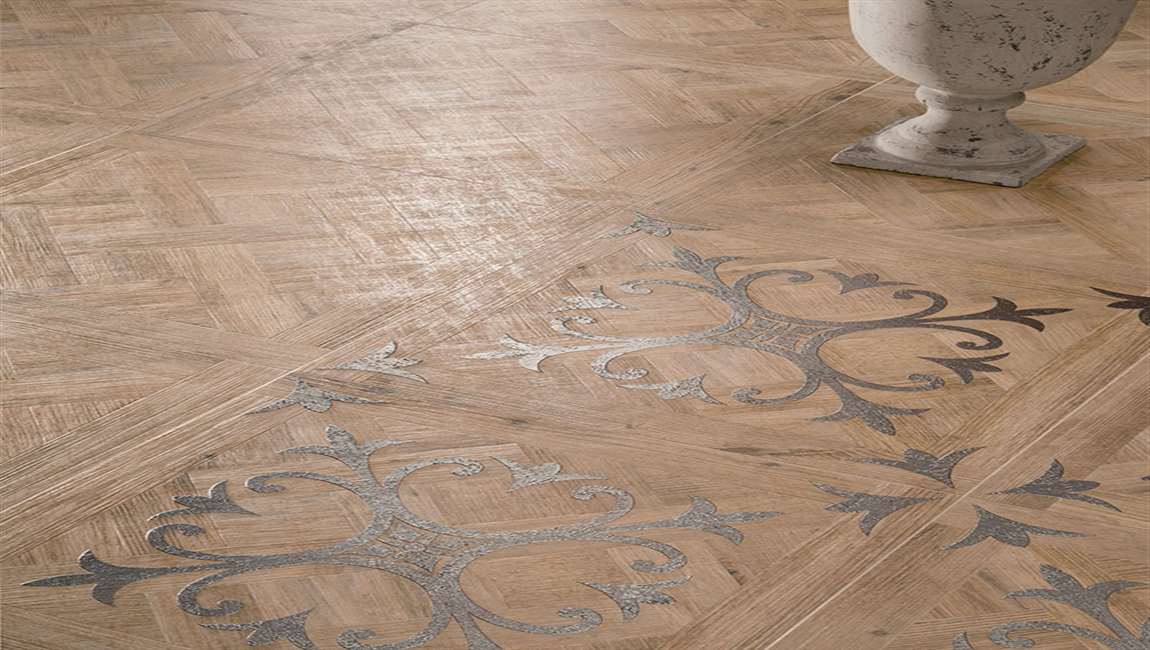
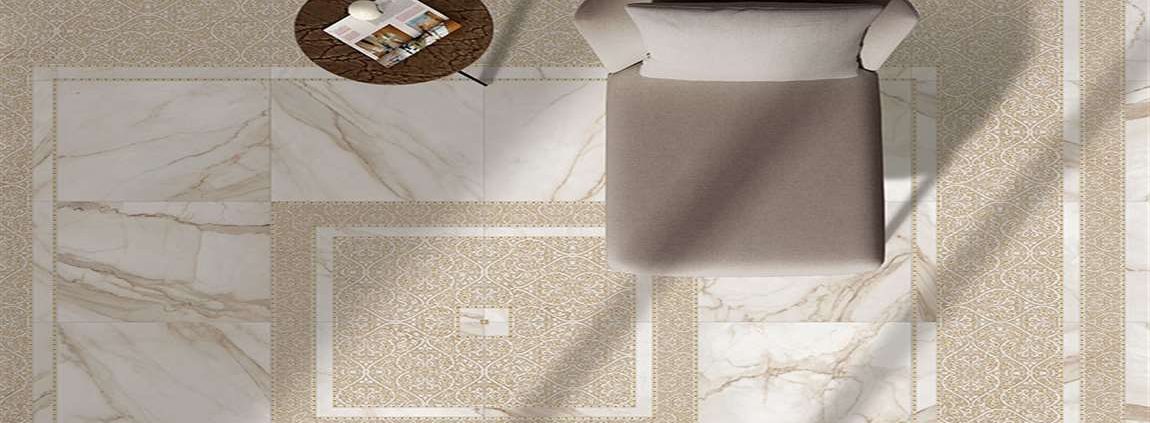
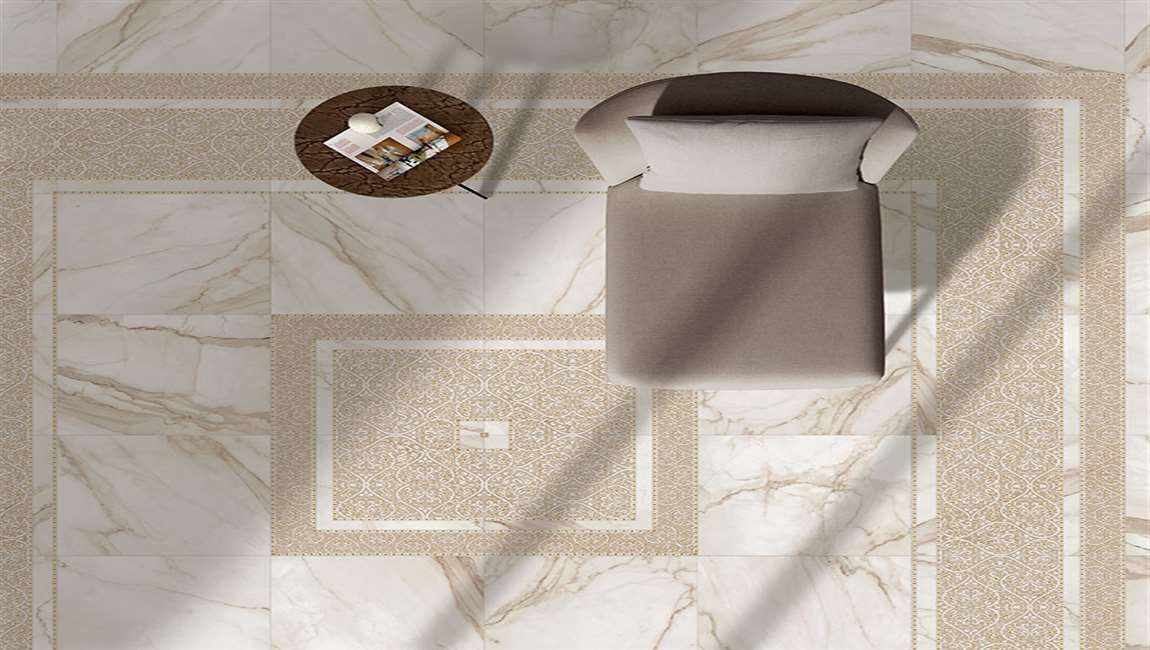
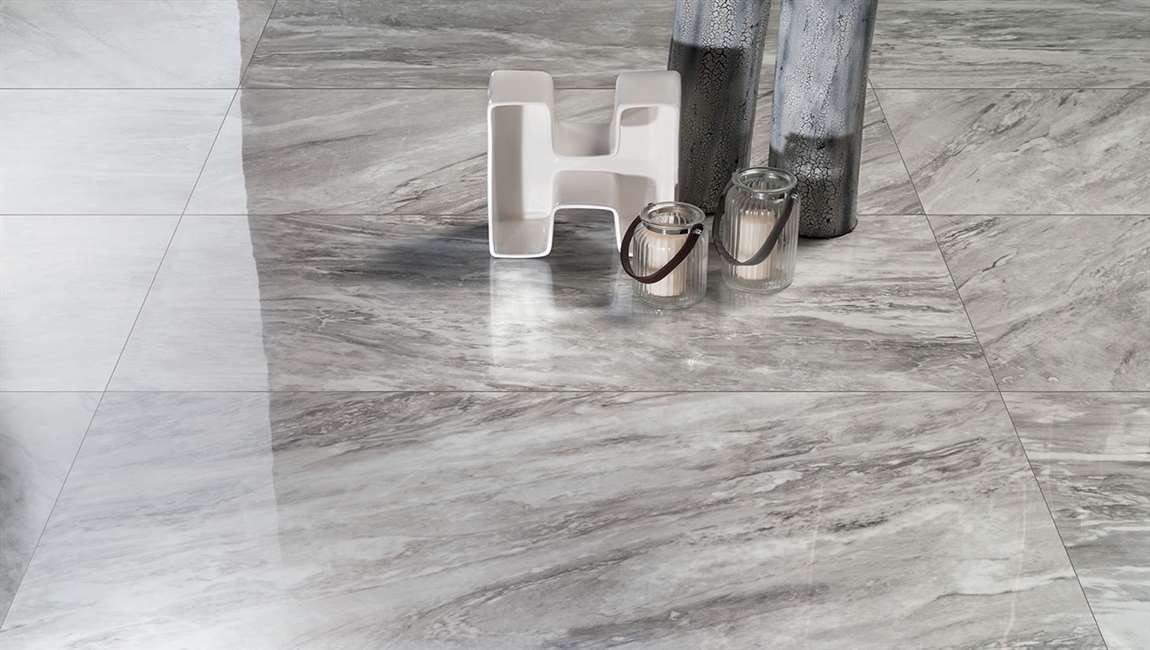
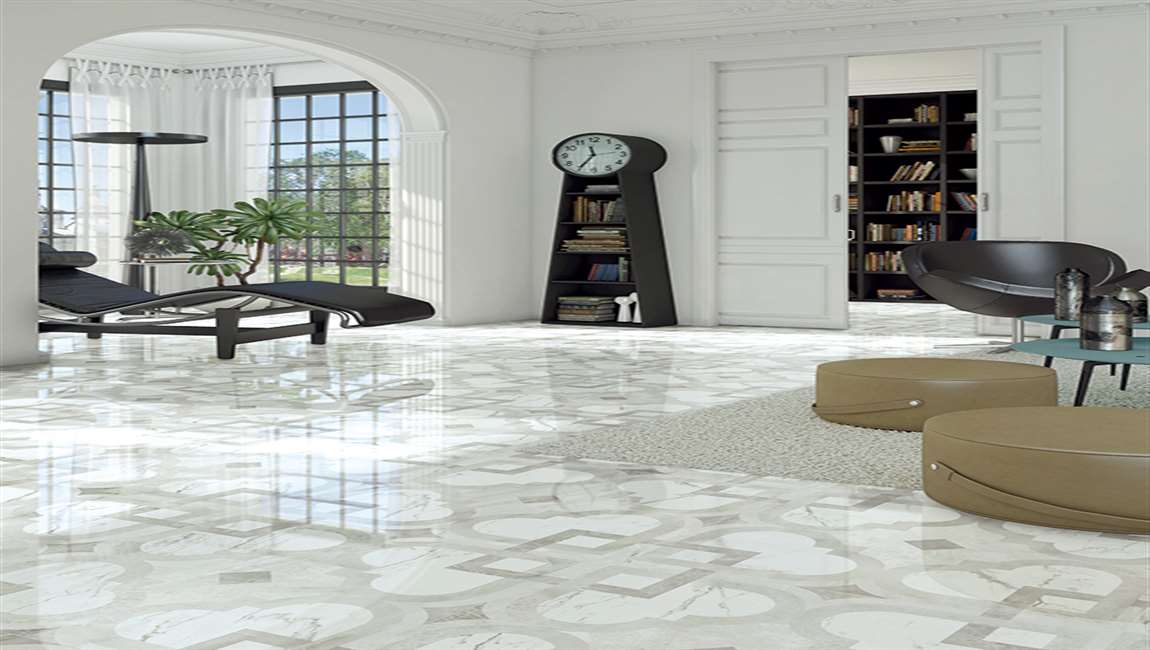
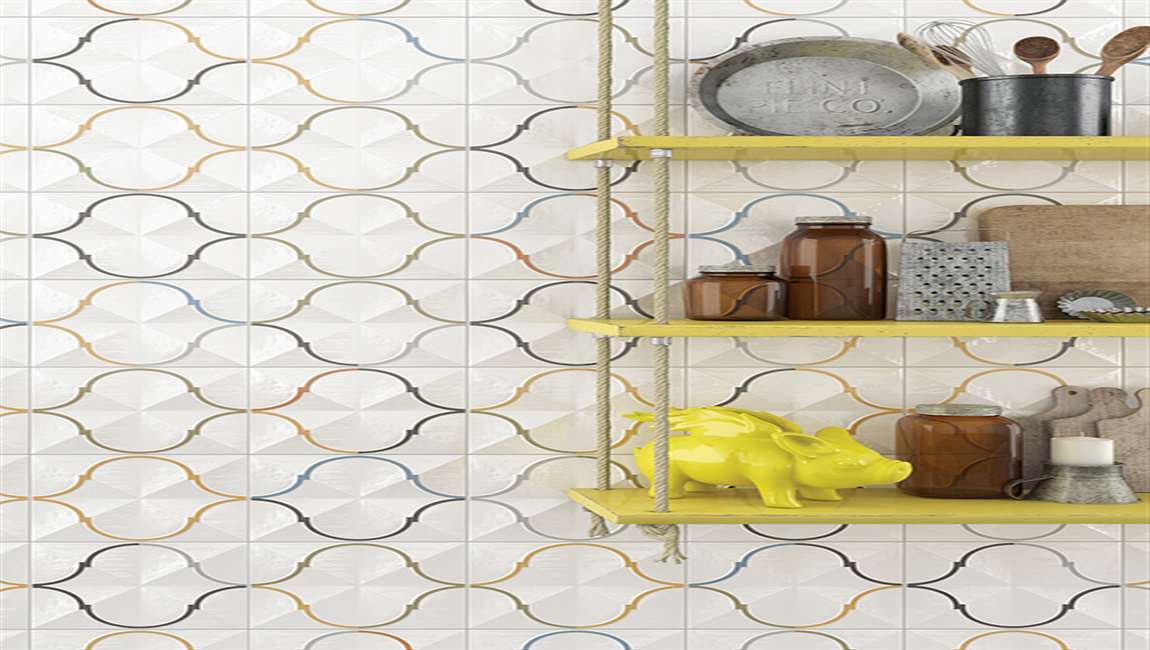

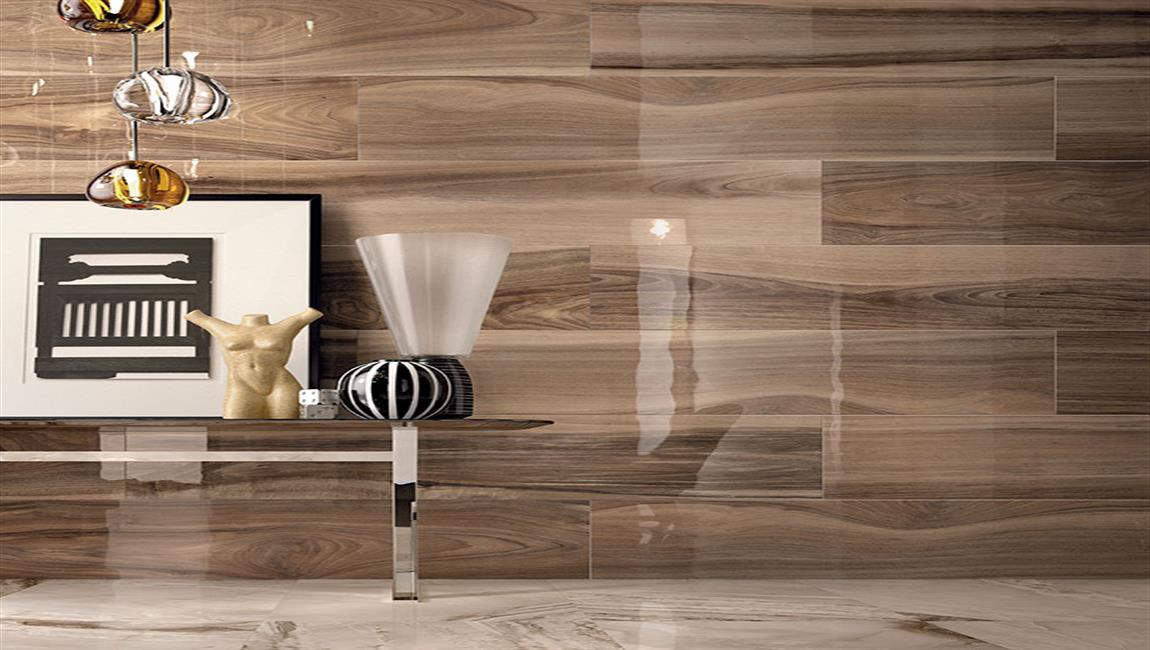
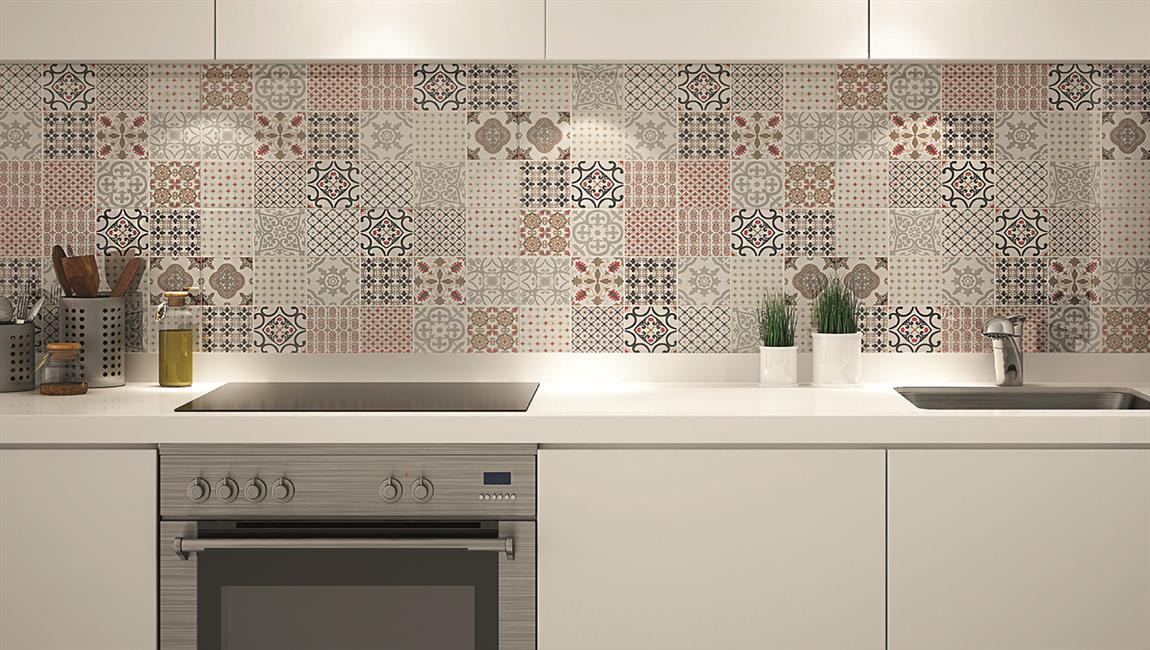
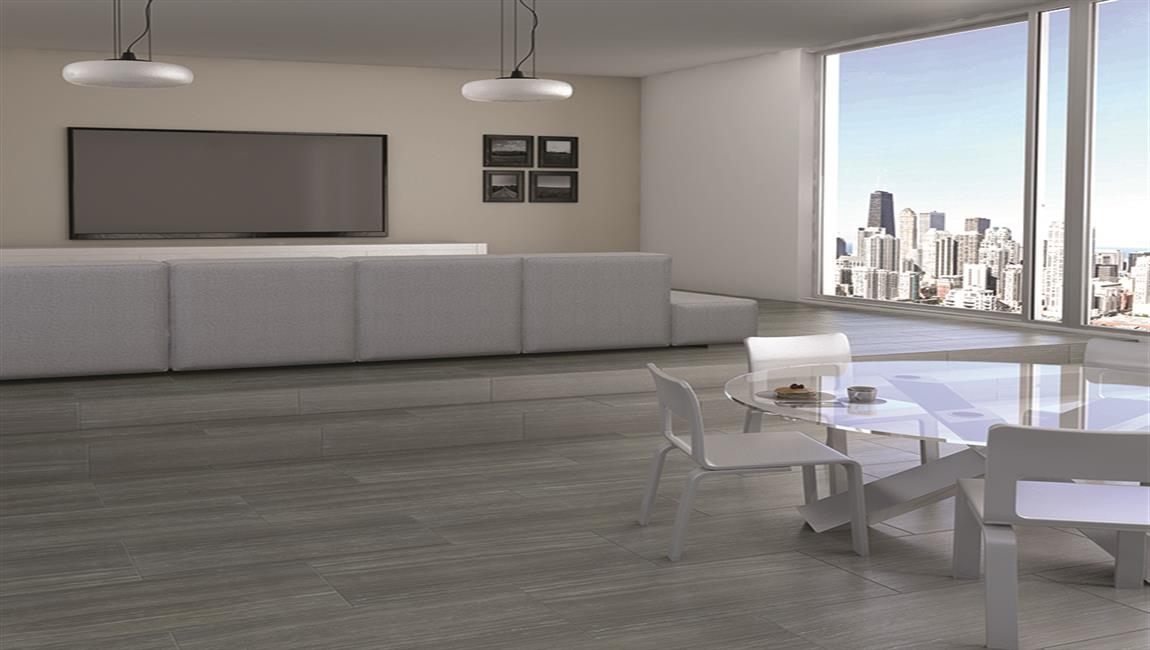
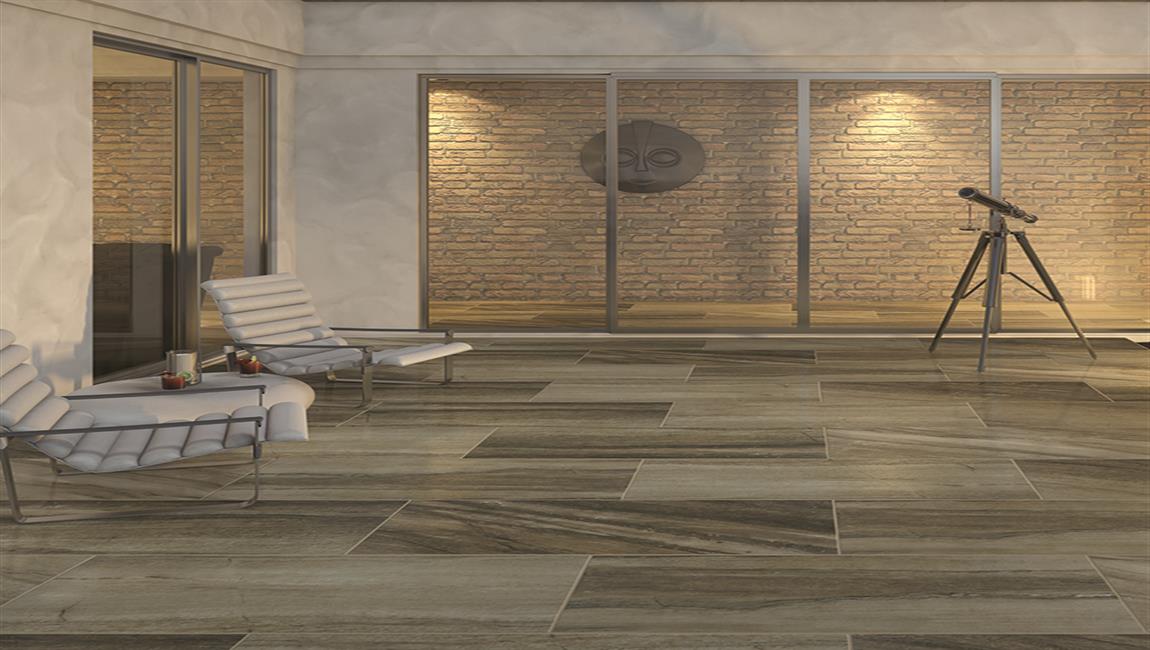
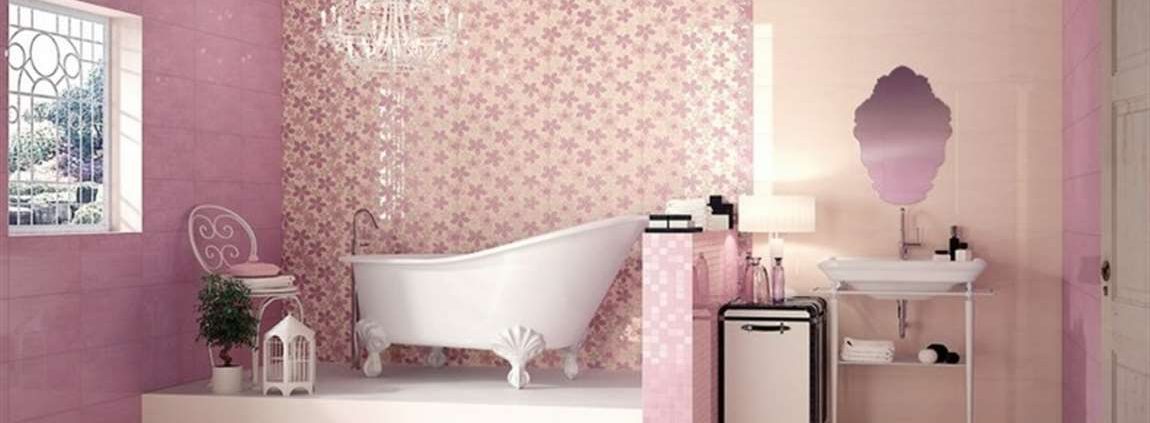
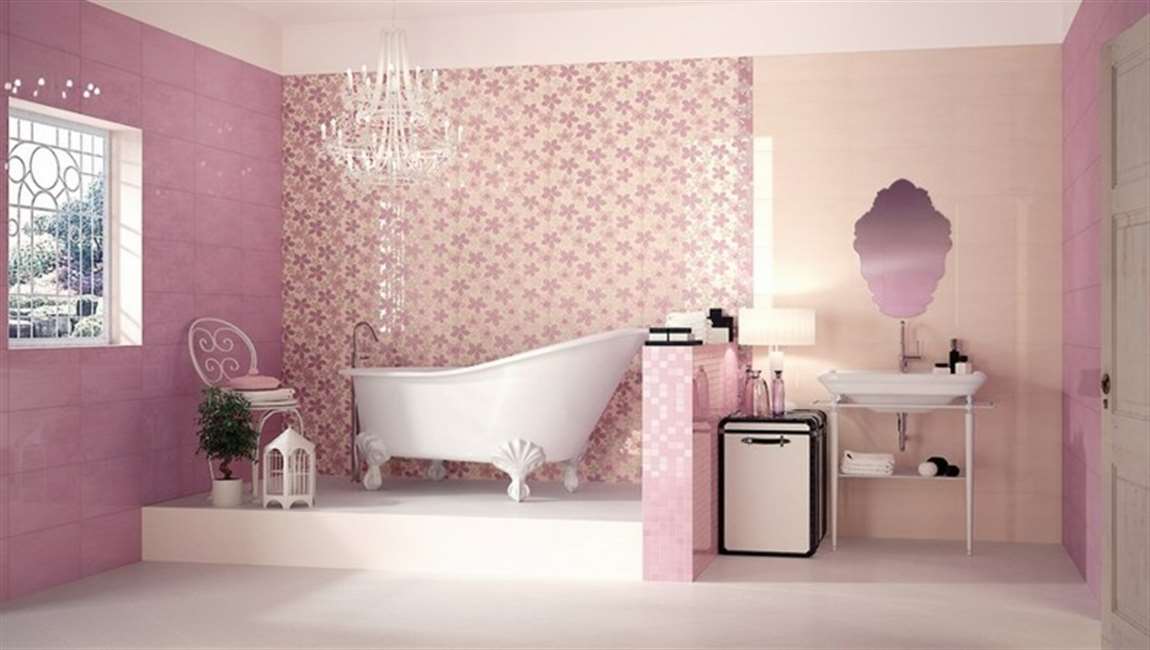
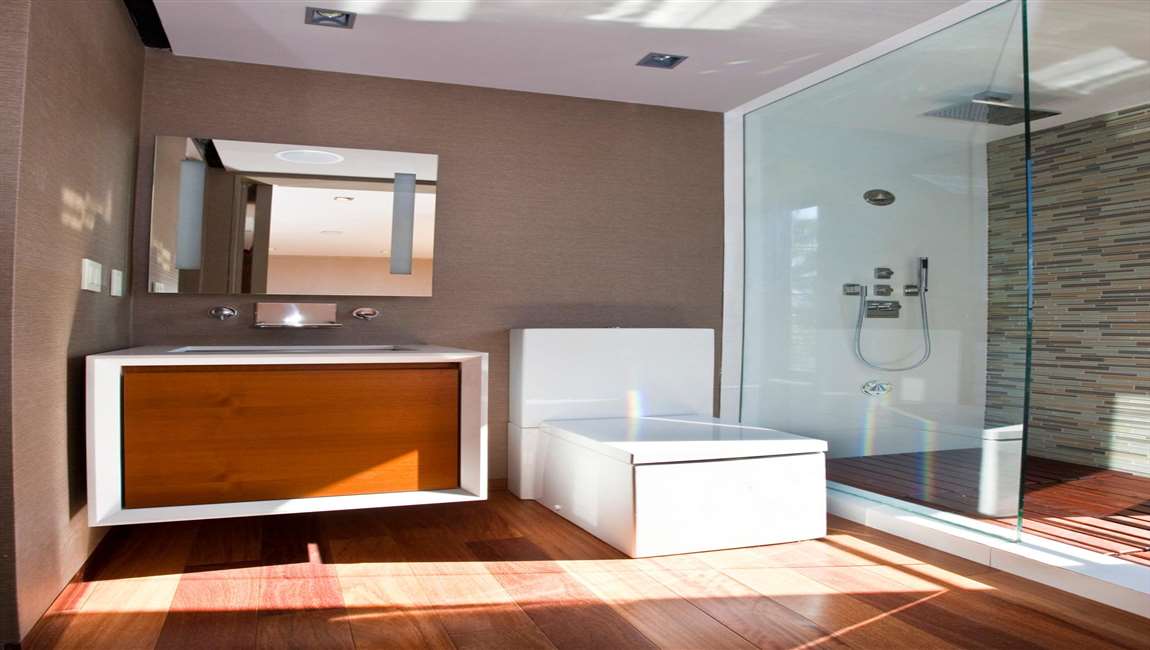
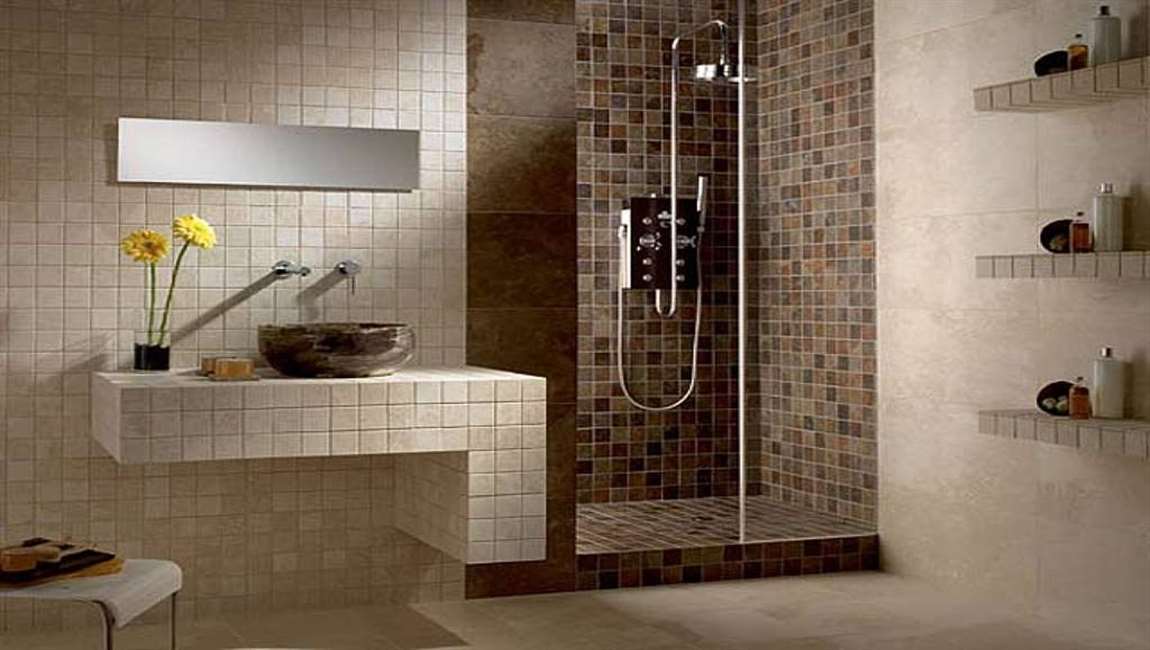
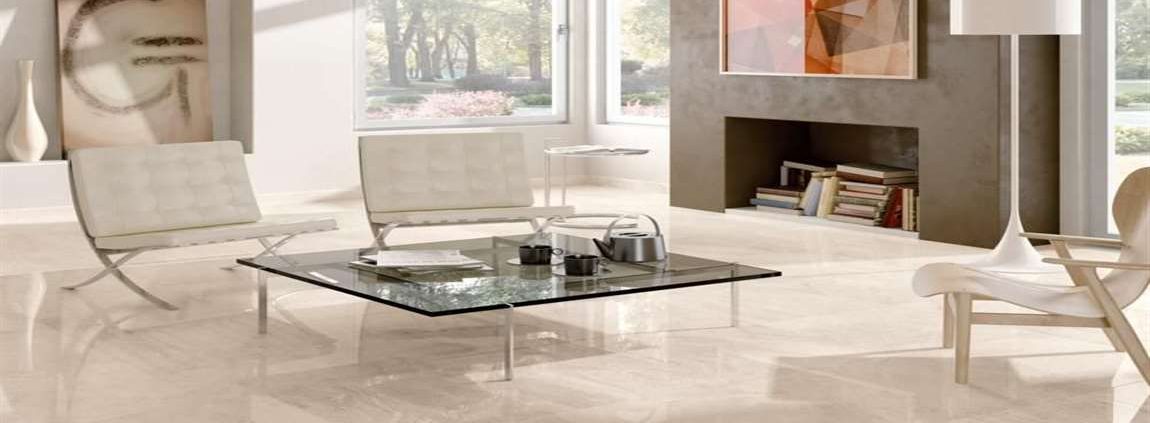
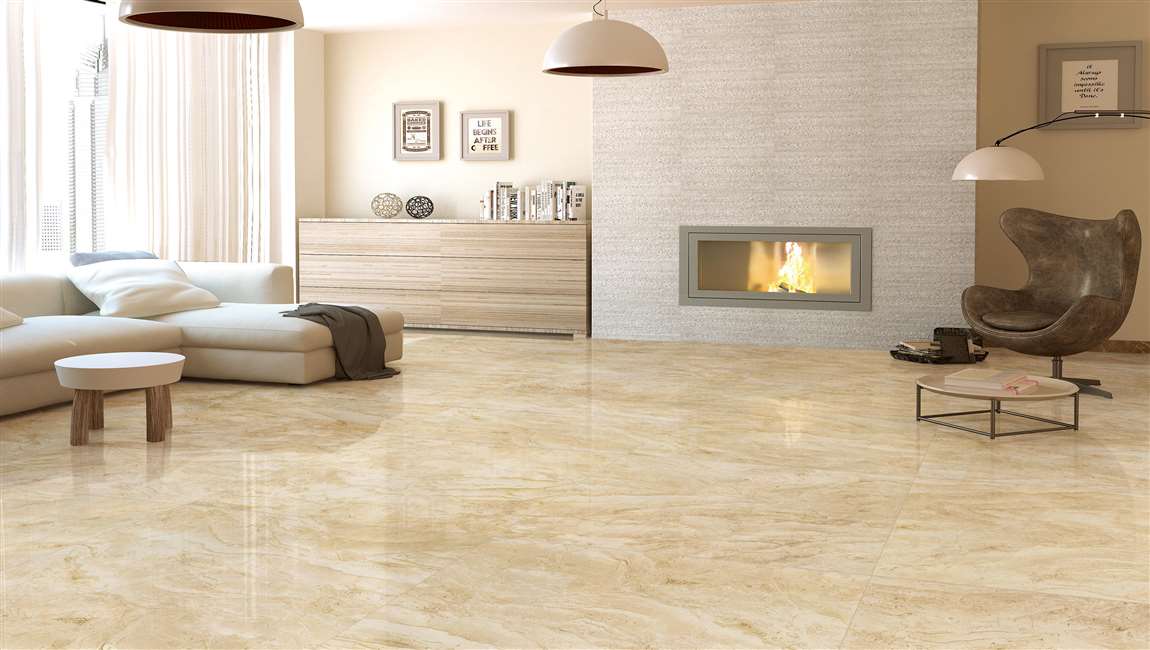 Use baking soda. Make a paste with baking soda and water. Apply it to the dirty grout using an old toothbrush. Scrub the paste into the grout well. Wash the grout with warm water when you are finished. Most dirty grout can be brightened using this natural method. For the tougher stains, allow the paste to sit for a few minutes before you start scrubbing.
Use baking soda. Make a paste with baking soda and water. Apply it to the dirty grout using an old toothbrush. Scrub the paste into the grout well. Wash the grout with warm water when you are finished. Most dirty grout can be brightened using this natural method. For the tougher stains, allow the paste to sit for a few minutes before you start scrubbing. Use bleach to remove stains that are more difficult to remove on
Use bleach to remove stains that are more difficult to remove on  Be careful to not get the bleach solution on the
Be careful to not get the bleach solution on the 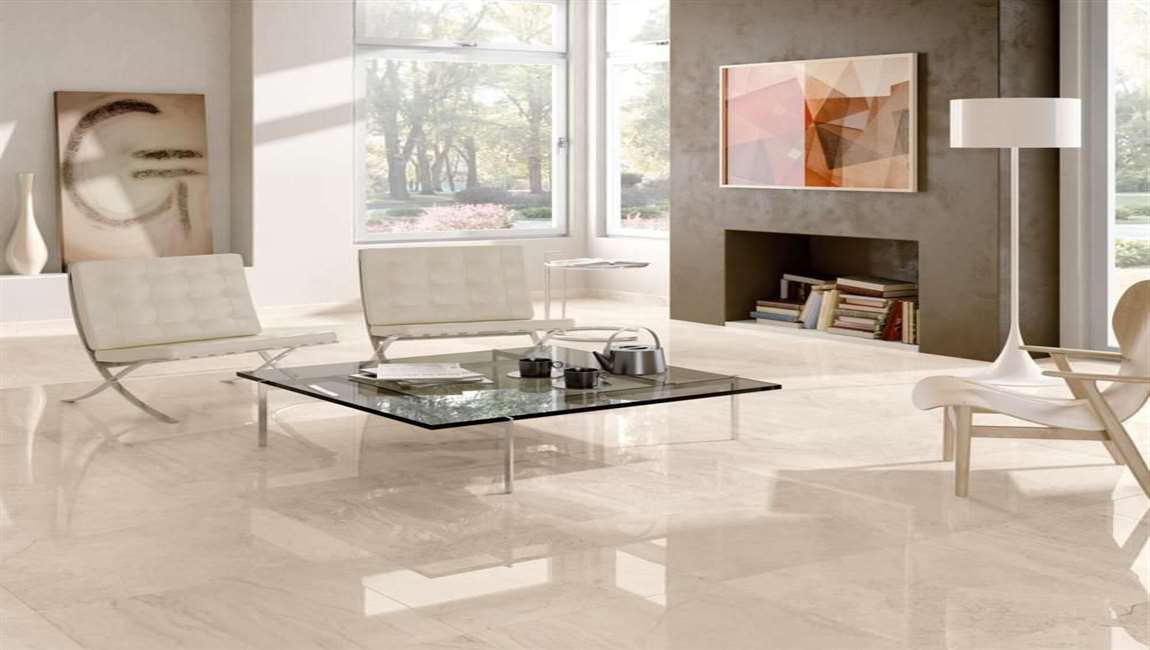 If you don’t like using bleach, you may be able to find a commercial grout cleaner that will be stronger than a natural cleaning product. However, check the label to make sure it doesn’t list bleach as an ingredient.
If you don’t like using bleach, you may be able to find a commercial grout cleaner that will be stronger than a natural cleaning product. However, check the label to make sure it doesn’t list bleach as an ingredient.




